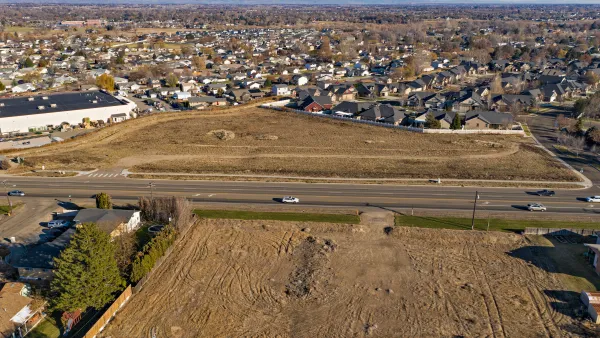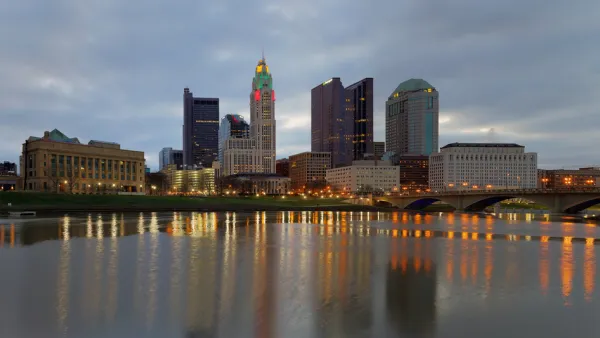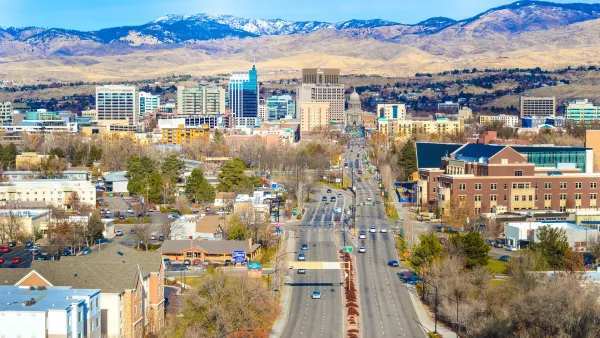A years-long process has culminated in a proposal that would encourage the creation of affordable housing, promote transit-oriented development, and position the city for less car-oriented growth.

A proposed update to the city of Boise’s zoning code aims to reimagine the Idaho city to be more sustainable, equitable, and affordable through adjusting regulations on “Building heights. Parking requirements. Neighborhood markets. Lot sizes. Transit. Mixed-use complexes.”
As Ian Max Stevenson reports in the Idaho Statesman, “Boise hopes to avoid the pitfalls of sprawl, unaffordability and car reliance that many other cities have faced” as the city grows. The revised zoning rules would permit higher density, include affordable housing incentives, decrease minimum lot sizes, and reduce parking requirements.
“While many of the zoning revisions relate to allowed uses themselves, Boise is also planning to streamline application processes for projects that planners want to see.” The new rules would incentivize adaptive reuse of older buildings and create mixed-use districts near transit corridors and other activity centers.
Critics of the plan say permitting more density outright would remove leverage from the city and could lead to the destruction of affordable housing. The city also lacks a comprehensive public transit system to encourage people to reduce their car use. Boise city planner Tim Keane acknowledges this weakness and says more transit investment is needed, but that how the city grows is a crucial component. “If you don’t have the development pattern, you’ll never have a transit system.”
FULL STORY: Boise wants more affordable housing, higher density, more transit. Here’s the plan

National Parks Layoffs Will Cause Communities to Lose Billions
Thousands of essential park workers were laid off this week, just before the busy spring break season.

Retro-silient?: America’s First “Eco-burb,” The Woodlands Turns 50
A master-planned community north of Houston offers lessons on green infrastructure and resilient design, but falls short of its founder’s lofty affordability and walkability goals.

Delivering for America Plan Will Downgrade Mail Service in at Least 49.5 Percent of Zip Codes
Republican and Democrat lawmakers criticize the plan for its disproportionate negative impact on rural communities.

Test News Post 1
This is a summary

Test News Headline 46
Test for the image on the front page.

Balancing Bombs and Butterflies: How the National Guard Protects a Rare Species
The National Guard at Fort Indiantown Gap uses GIS technology and land management strategies to balance military training with conservation efforts, ensuring the survival of the rare eastern regal fritillary butterfly.
Urban Design for Planners 1: Software Tools
This six-course series explores essential urban design concepts using open source software and equips planners with the tools they need to participate fully in the urban design process.
Planning for Universal Design
Learn the tools for implementing Universal Design in planning regulations.
EMC Planning Group, Inc.
Planetizen
Planetizen
Mpact (formerly Rail~Volution)
Great Falls Development Authority, Inc.
HUDs Office of Policy Development and Research
NYU Wagner Graduate School of Public Service





























